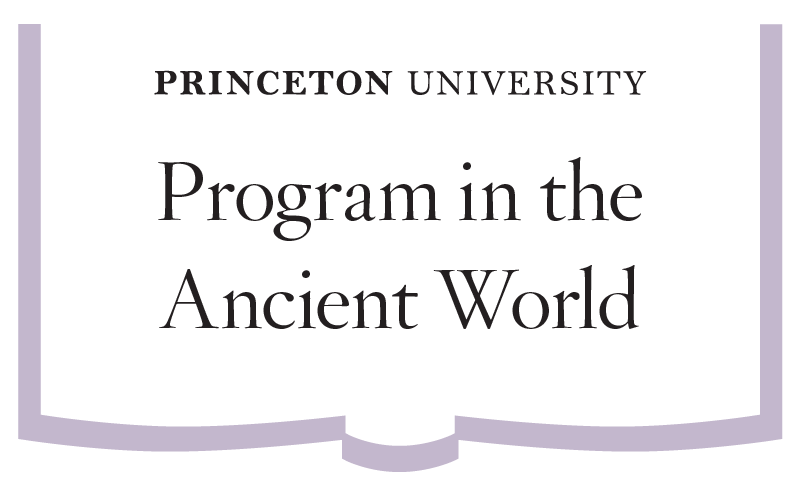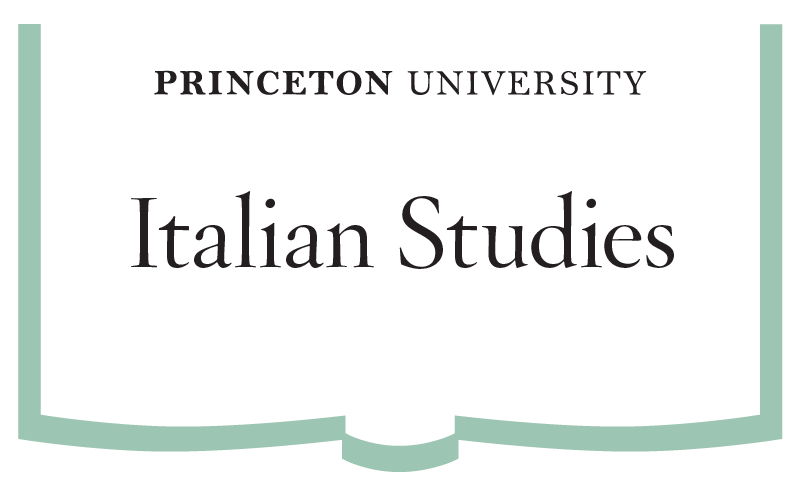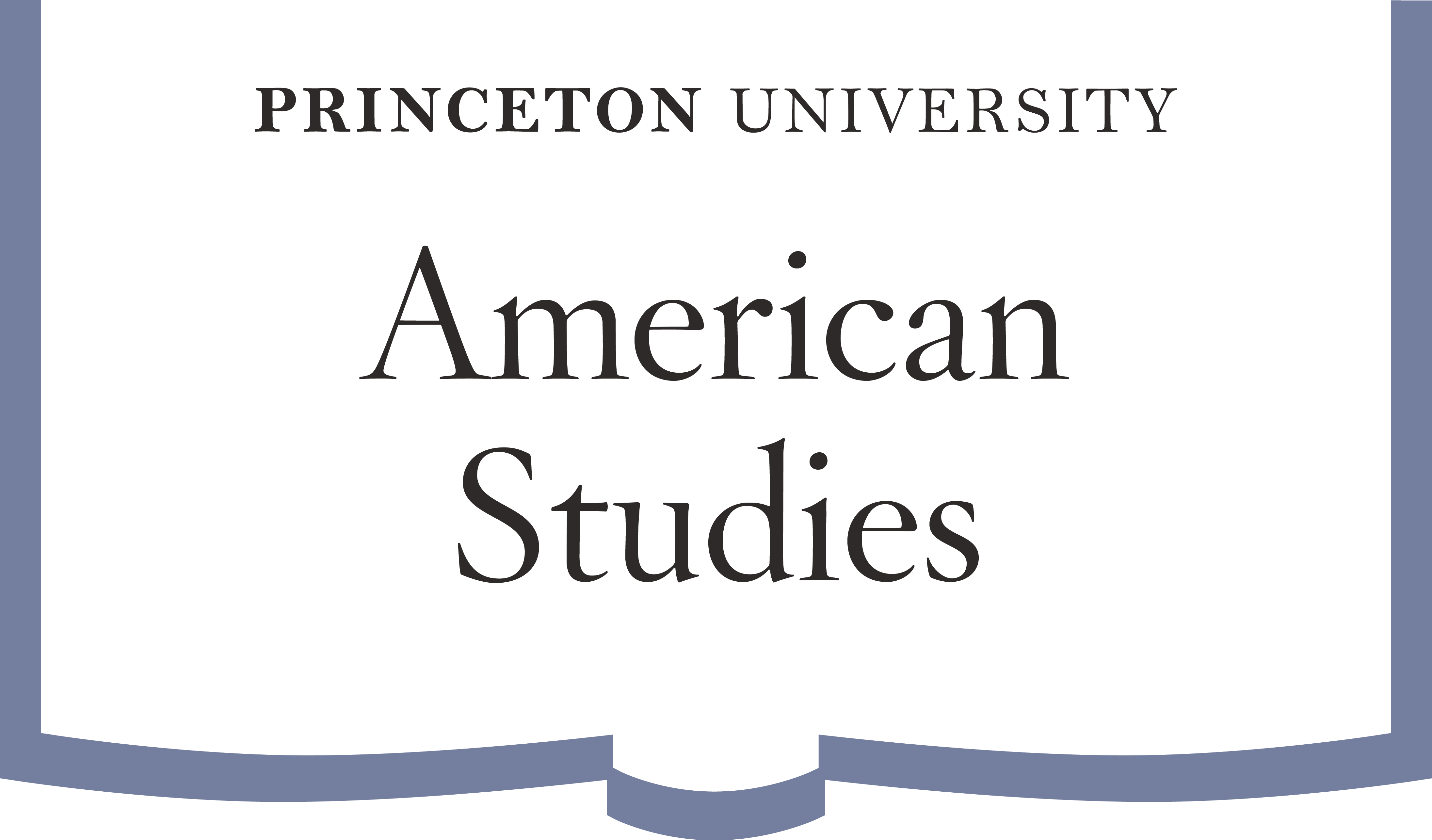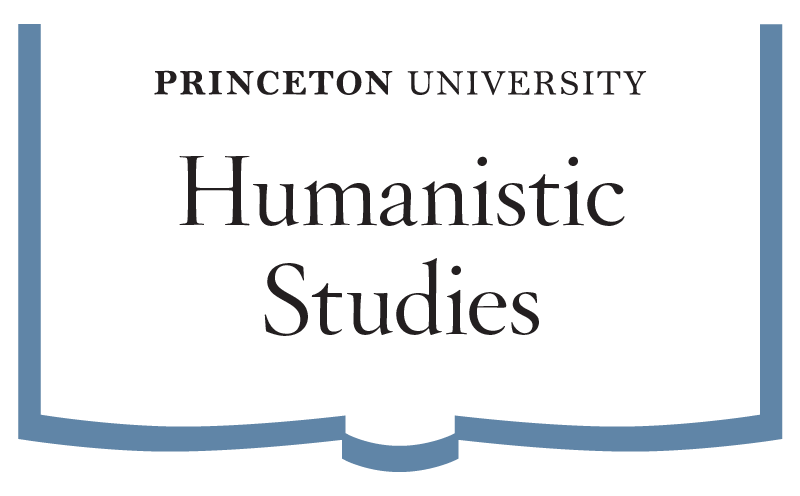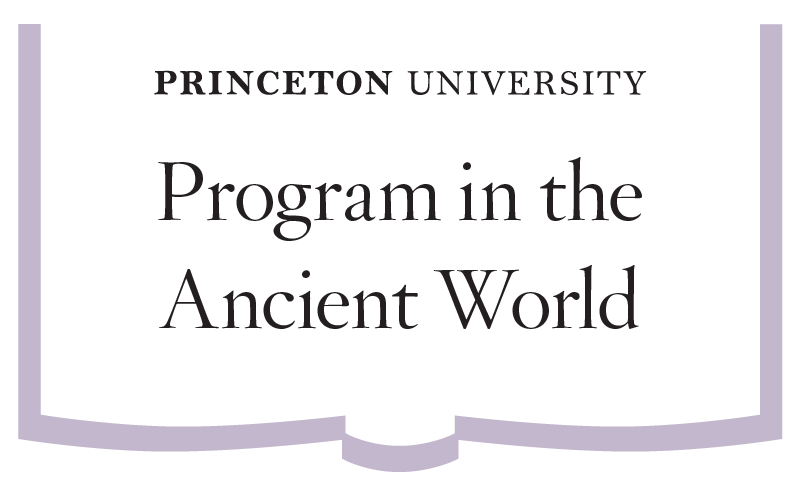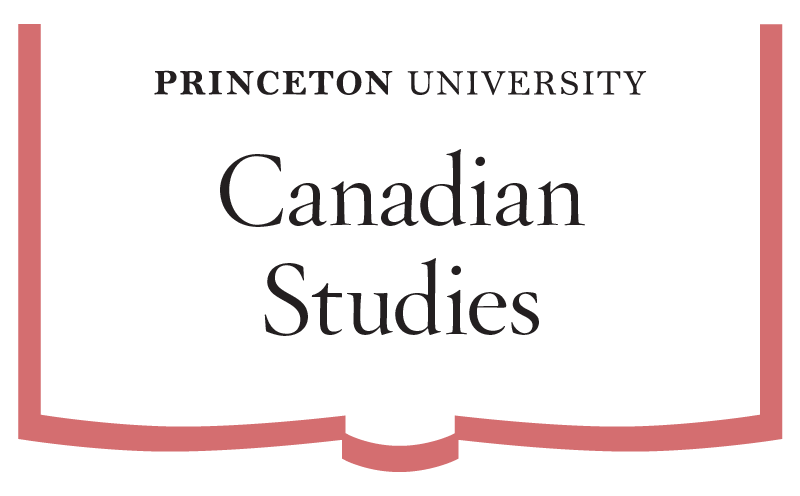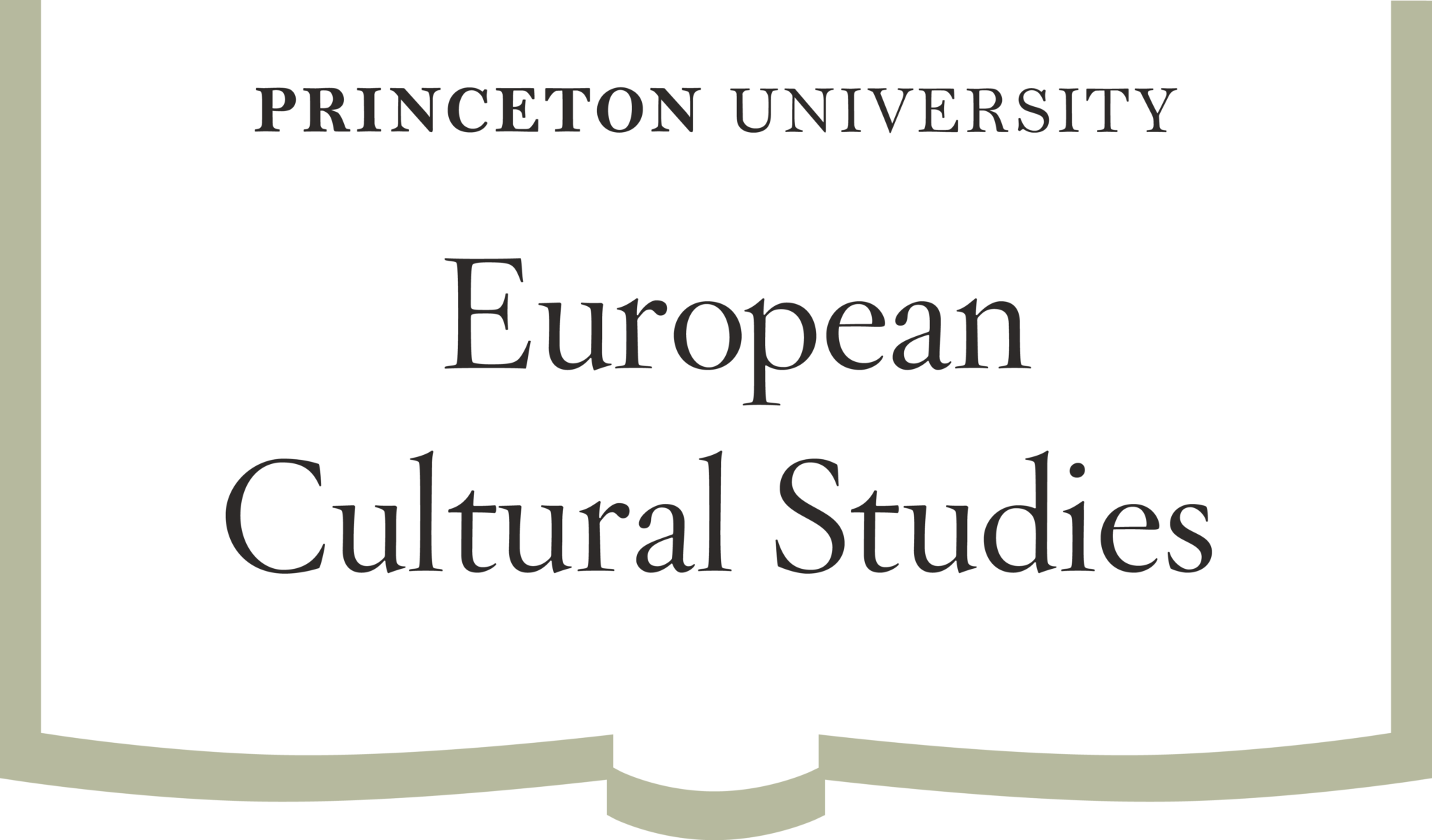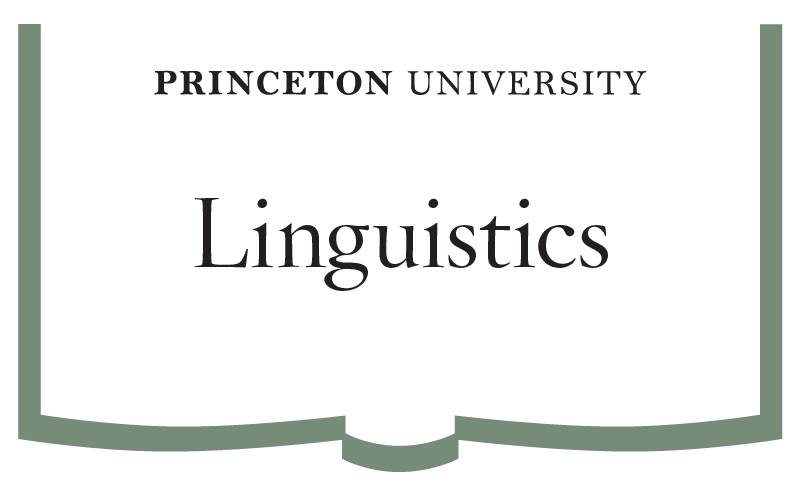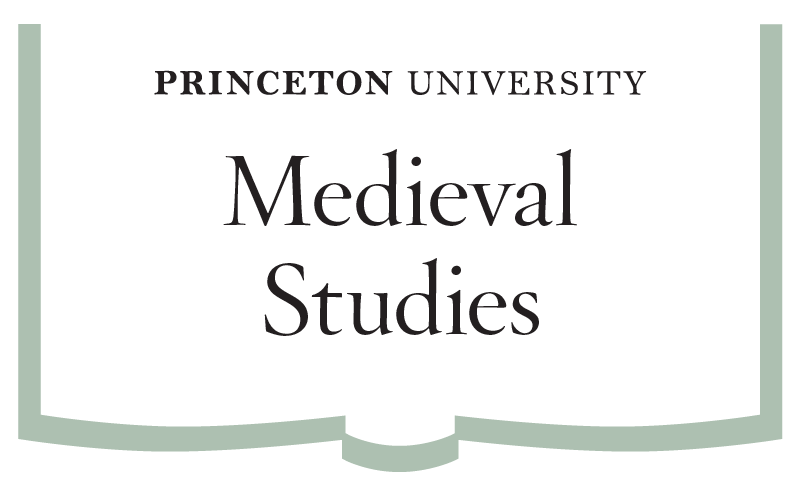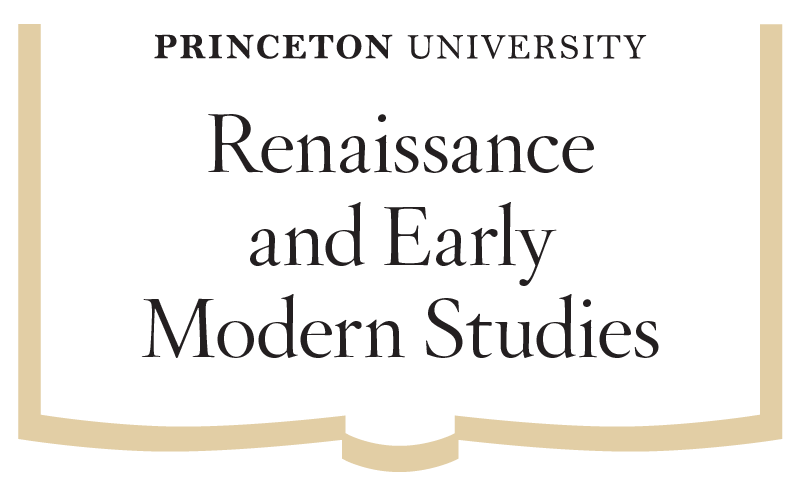
Petroglyphs, Figurines, and Pot Burials: The Mediterranean Connections of the Early Bronze Age Site at Vathy, Astypalaia
Andreas Vlachopoulos University of Ioannina
April 26, 2019 · 4:00 pm—6:00 pm · 103 Scheide Caldwell House
Seeger Center for Hellenic Studies
The site of Vathy on the island of Astypalaia, Greece, was strategically located along several maritime routes linking the prehistoric societies of the Aegean Sea. Recent excavations at Vathy have brought to light a site of major importance for our knowledge of Mediterranean cultures in the 4th- and 3rd-millennia BCE across a vast area, from Anatolia to Iberia. The megalithic walls of the settlement are densely engraved with petroglyphs that point to a Mediterranean artistic “koine,”a common visual language expressed in rock art. Moreover, coastal enclosures served to contain carefully arranged infant pot burials that are paralleled by similar ritual depositions in Anatolia. Finally, marble figurines found at the site connect Late Neolithic and Early Cycladic Aegean statuary with material from Anatolia and the broader Mediterranean world.
Andreas Vlachopoulos is Associate Professor of Prehistoric Archaeology at the University of Ioannina where he has taught since 2009. His main research interests are the Mycenaean period in the Cyclades, the Aegean rock art and the wall-paintings of Thera. A longtime (1995 – present) collaborator of Professor Christos Doumas in the excavation at Akrotiri, Thera, Andreas Vlachopoulos is currently Director of the Vathy, Astypalaia Archaeological Field Project, sponsored by the Archaeological Society at Athens. He is the author of a two-volume monograph on Naxos and the Mycenaean Aegean in the Post-Palatial Period (12th c. BC), the editor of two volumes on Aegean Prehistory (Argonautes, 2003; Paintbrushes, 2018) and of five volumes on Greek Archaeology (Melissa Publishing House, Athens).
